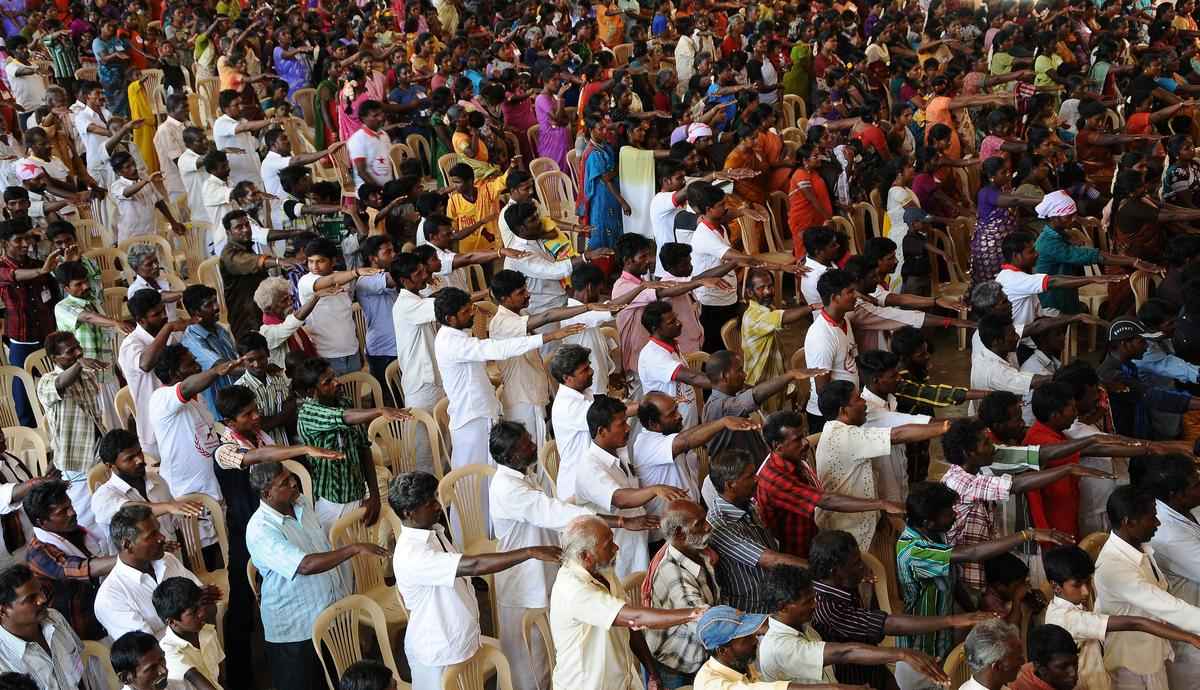The Supreme Court of India has raised alarms over the classification of habitual offender Laws. As of March 2025, 14 States and Union Territories continue to enforce these laws, despite previous judicial scrutiny. The Court has deemed the classification constitutionally questionable, particularly regarding its impact on denotified tribes (DNTs).
Historical Origins of Habitual Offender Laws
The roots of habitual offender laws trace back to the late 18th century. Regulation XXII of 1793 granted magistrates the power to imprison specific communities based on suspicion alone. The Criminal Tribes Act of 1871 formalized this system, branding entire tribes as criminal. Although these laws were repealed in 1952, many States later introduced their own habitual offender laws, shifting focus from community-based classification to individual criminal records.
Post-Independence Legal Developments
Even after the repeal of the Criminal Tribes Act, States such as Madras (1948) and Rajasthan (1953) enacted habitual offender laws.
- 1965: The Lokur Committee still categorized DNTs as having an “anti-social heritage.”
- 1998: The custodial death of Budhan Sabar sparked national outrage against these laws.
- 1998: Petitions were filed with the NHRC and the UN Secretary-General demanding the repeal of these laws.
- 2000: The NHRC formally recommended their removal.
- 2007: The United Nations urged India to abolish these laws.
- 2014: The Virginius Xaxa Committee highlighted the continued discrimination against DNTs due to these laws.
The Evolution of Habitual Offender Laws
While States such as Punjab have moved toward repealing these laws, others like Gujarat and Rajasthan continue to enforce them. Originally intended as a crime prevention measure, these laws have frequently led to systemic discrimination, particularly within the prison system, where denotified tribes remain disproportionately targeted.
Supreme Court’s Stand and Recommendations
In October 2024, the Supreme Court called for a reassessment of habitual offender laws. The Court highlighted their role in perpetuating cycles of criminalization, particularly against DNTs. It urged State governments to reconsider the necessity of these laws and called for urgent legal reforms.
State-Level Reactions
Responses among States have been mixed:
- Punjab and Odisha: Discontinued the enforcement of habitual offender laws, citing their redundancy.
- Gujarat: Maintains these laws as a preventive measure.
The National Crime Records Bureau reports that only a small percentage of convicts are classified as habitual offenders, but enforcement varies across States.
Current Status and Future Outlook
The debate over habitual offender laws remains unresolved. While some States advocate repeal, others continue to justify their necessity. The Supreme Court’s observations may drive further legislative changes, reflecting larger issues of social justice and the need for an inclusive legal framework.




